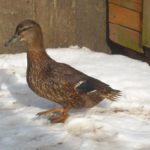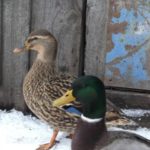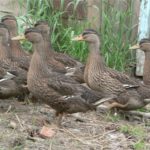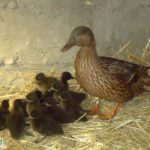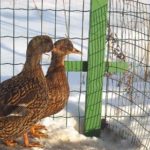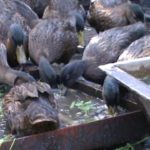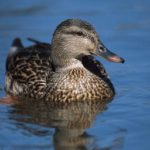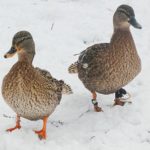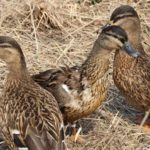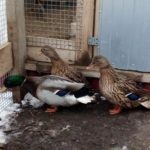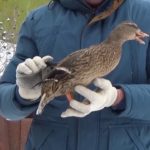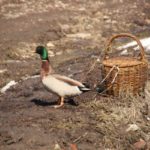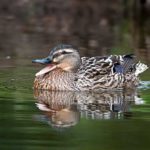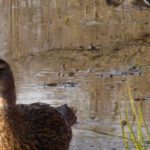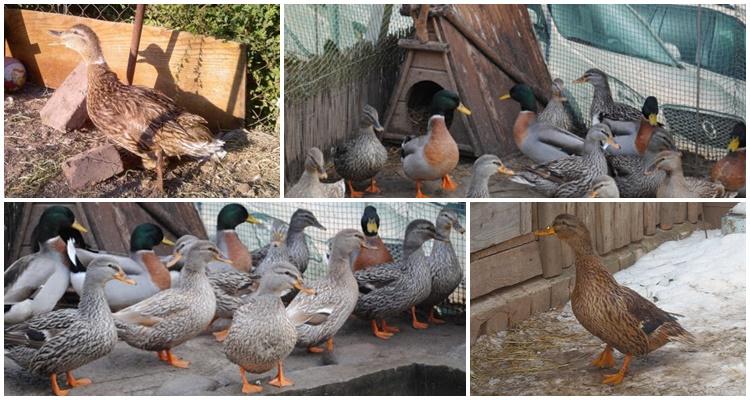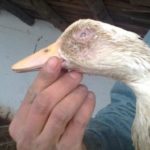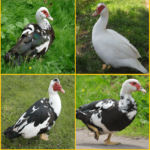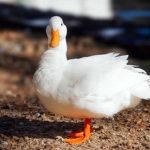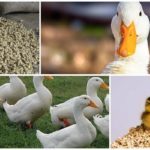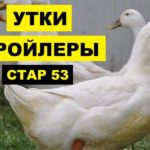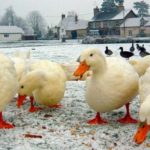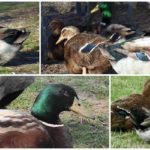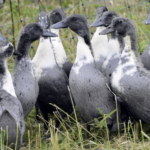Decoy ducks are used in hunting to attract wild ducks. For this purpose, birds are bred at home. Let's look at common breeds, main advantages and disadvantages, care and maintenance of birds, what to feed decoy ducklings and adults, and how to prepare the bird for hunting. How to prevent diseases in ducks raised at home.
Who is a decoy duck and why are they bred?
Decoy ducks are classified as a group of domestic breeds similar in appearance to wild mallards.They are used to catch wild ducks. Hunting with decoy ducks is one of the types of Russian hunting, when the hunter leaves decoy birds on the water while he waits nearby in a shelter. Ducks use their voices to attract drakes flying past; the males sit on the water, this allows the hunter to shoot at them. In Russia, special breeds have been bred, the breeding of which is practiced among hunters.
What qualities should you have?
The main characteristic for a decoy duck is the possession of a loud, ringing voice and the desire to present it. Selection is carried out based on this criterion. The exterior of the decoy duck does not matter; only light areas are not allowed.
Breeds
In Russia, breeds have been bred whose representatives are specifically used for hunting. Each breed has advantages and disadvantages. Let's take a closer look at them.
Russian decoys
Semenovsky
Tula
Saratov
Volokolamsk
Penza
Care and maintenance
To raise decoy ducks of any breed, you need to create certain conditions for them. They can be kept in regular poultry houses, aviaries or even cages. If there is a pond nearby, you can keep the birds there all summer. Caring for decoy ducks is the same as for ordinary ducks. In the poultry house, you need to change the litter, remove leftover food from the feeders, and change the water.
Feeding
If ducks spend the whole day on a pond, they are fed grain in the evening. If they live in a poultry house or aviary, they need to be fed at least 3 times a day. The diet of decoy ducks does not differ from the diet of ordinary breeds. Both ducklings and adult birds can be fed grass, crushed or whole grains, mash with vegetables and root vegetables.
Decoy ducks are omnivores and can be fed kitchen meat and fish scraps.Mineral additives, salt and chalk must be added to the mash. Place a bowl of gravel in the house and a bowl of clean water separately. It is not recommended to give a lot of boiled potatoes and feed them with compound feed.
Preparing ducks for hunting
Preparation of ducks begins at the age of 4-5 months. You need to train 2-3 individuals at once. Young animals need to be accustomed to themselves as much as possible and made tame. Such birds are accustomed to the company of other ducks, so that they are not afraid of their relatives, they are accustomed to a rope tied to their leg. The decoys must be gradually accustomed to the place in which the hunt will take place, so that they do not become nervous when they have to work.
Simple measures to prevent diseases
The decoys are distinguished by good health and, if properly maintained, rarely get sick. To prevent diseases, birds must be kept warm, in a dry and clean room. Feed with high-quality and fresh food. Let him out for a walk. If the birds receive adequate nutrition and are kept in good conditions, there will be no need to treat the ducks.
In case of diseases, therapy for decoys is no different from the treatment of ducks of ordinary breeds. To reduce the likelihood of infection, birds need to be given medications and vitamins in a timely manner.
Raising decoy ducks is practiced among hunters. Birds are kept to facilitate hunting; in this case, they cannot do without a specially trained bird. Ancient Russian breeds have been bred, among which you can choose the one that will meet the hunter’s requirements. An ordinary poultry farmer should choose another breed of ducks, since decoys, apart from special characteristics, do not have qualities valuable for breeding. Ducks do not produce much meat or eggs, and are not large or fertile.

